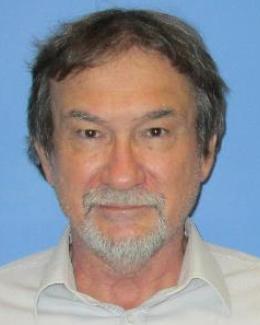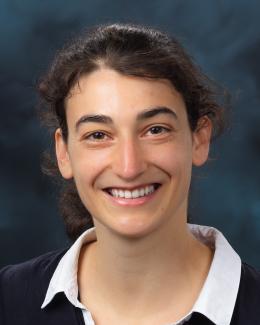Abstract
The Second Target Station (STS) at the US Department of Energy’s Oak Ridge National Laboratory is designed to become the world’s highest peak-brightness spallation source of cold neutrons. Successful completion of the STS, which is currently in the preliminary design phase, will provide transformative new capabilities to examine novel materials for future technologies. At STS, neutrons will be generated by spallation reactions in a solid tungsten target. They will be moderated and thermalized in two cold (20 K) para-hydrogen moderators. Careful optimization of these moderators is essential to the project’s success. To find optimal moderator designs, an advanced optimization workflow integrates high-fidelity neutronics calculations using the Monte Carlo N-Particle (MCNP) transport code MCNP6.2 with state-of-the-art optimization algorithms in the Dakota optimization toolkit. For each design iteration, a parametrized solid CAD geometry is generated in Creo and automatically converted into an unstructured mesh geometry by Attila 4MC for the neutronics calculation with MCNP. Iterations repeat until optimal designs are found. This paper presents the results of a sensitivity and optimization study for the cylindrical and tube moderators. Both moderators can be optimized for maximum peak brightness, maximum time-integrated brightness, or any combination between these extremes. Maximum peak brightness is achieved by using smaller optimal dimensions of the moderators, whereas maximum time-integrated brightness is achieved by using larger dimensions. A Pareto front details the designs that optimally balance both brightness metrics. The Pareto front can be found in only 40–110 iterations with 4–5 design parameters when using the efficient global and Pareto-set optimization algorithms in Dakota. Additionally, important engineering constraints can be taken into account, such as the coupling between the cylindrical moderator radius and aluminum vessel wall thicknesses required to ensure structural integrity of the vessels. This interaction has a significant impact on the resulting optimal designs. Our new, highly efficient, fully automated optimization workflow will be used to optimize additional STS components in the future and can be adopted for design and optimization studies at other experimental neutron and accelerator facilities.





